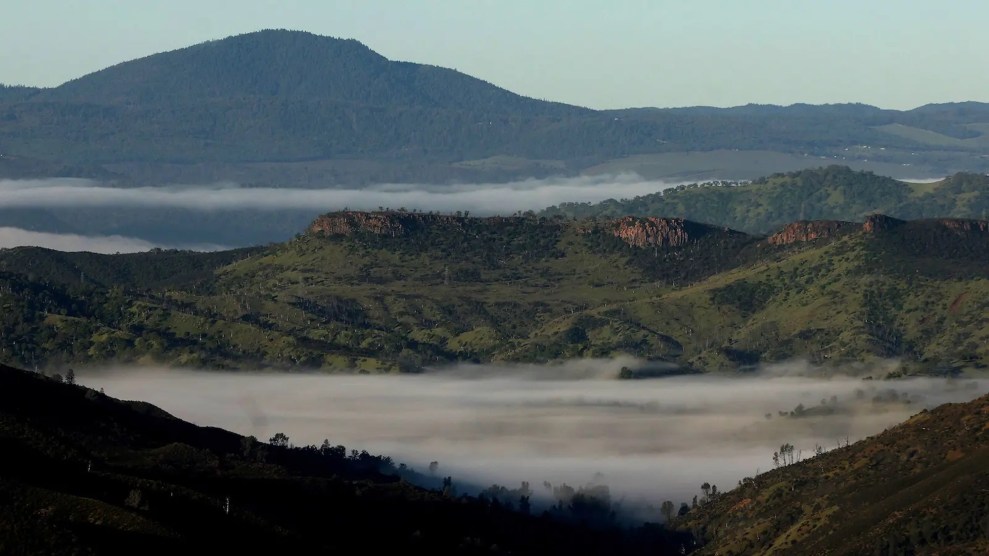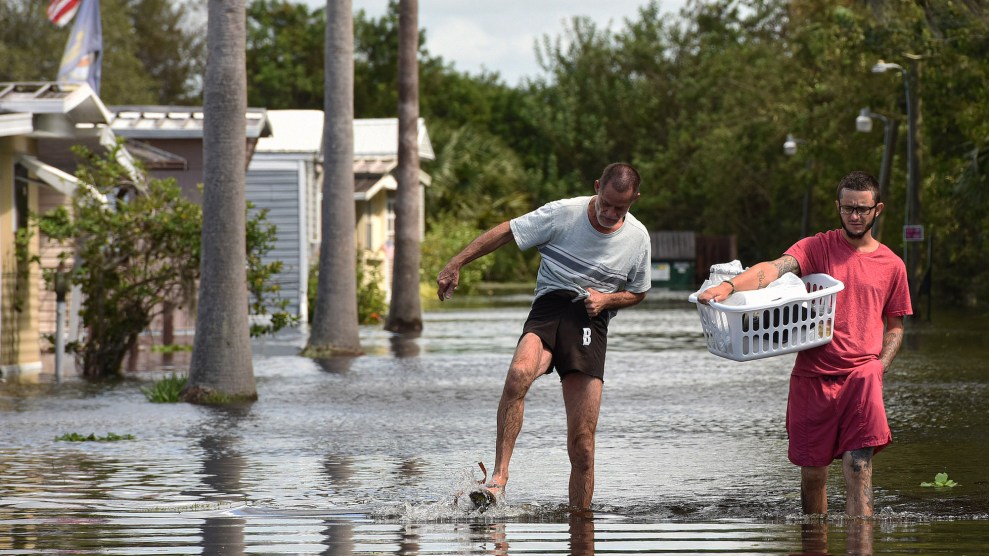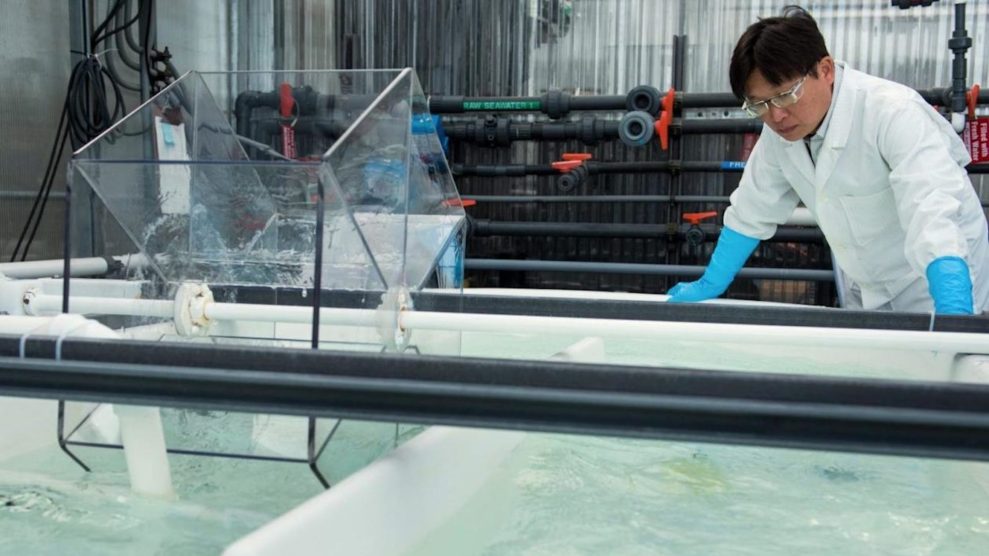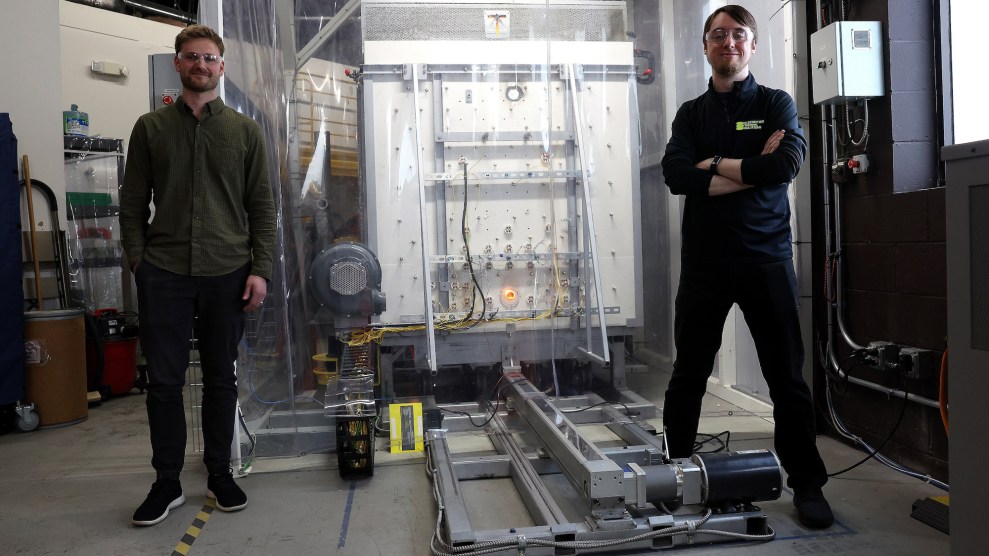
We could see that Iraq was beautiful. In the brilliant sunshine, its blend of earth-toned ancient streets, bustling maze of market squares, rows of white modern buildings and timeless customs gave it a vibrant spirit. But everything was infected by war. As we neared Karbala, shell-shattered homes and buildings dotted the frontage road. I saw the residue of one outlying village that had been split in half by an errant bomb. Most of the people were gone, except a few elderly, sitting in the ruins of their homes, cooking on open fires between broken walls.
It was 1991, and the Gulf War’s aftermath was hard to escape. Families who once had indoor water were bathing and drinking water from a single source, the Euphrates. Sewage was everywhere. Water treatment and sanitation facilities were shut down or barely worked intermittently. The river that once gave life to Iraq was transformed into a river of death. What the United States-led forces left standing, civil unrest and United Nations’ sanctions were finishing off.
Military historians praised the 1991 war for its brevity, and the same praise is being heard today, as US and British troops roll through Iraq. But the cessation of hostilities 12 years ago failed to halt the ferocious onslaught against Iraq’s environmental health. The devastation resulting from the Persian Gulf War transformed Iraq into a living laboratory. With the assistance of the UN embargo, Iraq has been subjected to 12 years of unprecedented and latent suffering.
We were in Iraq as part of a nonpartisan public health-science team organized by Harvard University, non-governmental organizations and the government of Jordan. The team, the first to detail the comprehensive damage to Iraq’s populace and environment, established the baseline methodology that is still used today by international relief organizations in assessing infant mortality, economic stability, environmental health and the psychological impacts of war on women and children. The team’s findings were reported worldwide. The study was scientific. The toll was horrific.
Surgical strikes lacked precision, and the aftermath of combat exceeded US Department of Defense collateral damage reports to the infrastructure that nurtured civilian life. (The UN was supposed to convene a special session in late 1991 to receive our report, but under Security Council protocol, any permanent member nation was allowed to reject such a hearing. One vote from the United States aborted our presentation. Despite fanfare abroad, our study team’s data proved academic here at home.)
What should have been national headlines is that after the war, the Iraqi region was transformed into an ecological disaster zone. The international community marshaled the resources to extinguish the grisly effects of the oil well fires and oil spills, but a cold war with Saddam claimed new casualties — the neglect of Iraq’s environment and civilian populace. Surpassing 800,000 by 2002, far more Iraqi civilians, especially children, died from the lingering consequences of the first Gulf War than in the war itself. In pre-Gulf war Iraq, the mortality rate of children under five years old was 27 per 1000. Now, according to UNICEF, it has soared approximately eight-fold.
The decline of public health standards resulting from the patch-work repairs made to Iraq’s serpentine rural and urban sanitation and water purification systems led to maladies ranging from severe dehydration to cholera and typhoid. Now, even those shoddy repairs are failing under the onslaught of US and British forces. Water shortages are being reported in Basra, Baghdad, Nasiriya, and other cities, and the threat of widespread urban epidemics is rising rapidly.
Indeed, water contamination is the most immediate threat facing Iraq and, by extension, the entire region. The Tigris and Euphrates Rivers are Iraq’s only significant sources of fresh water. They also furnish water to Iran, Kuwait, Turkey, and Syria. The situation in Basra, where half of the city’s 1.2 million residents are still without fresh water or adequate sanitation, could be a precursor for the rest of Iraq.
Like his father before him, when President Bush speaks of Iraqi liberation by removing Saddam Hussein, he implies a linear solution to the restoration of Iraq’s health and welfare. But, like the bodies of people mangled by cluster bombs and toxic debris, the land and peoples of Iraq will not readily recover from the wounds that the combatants have inflicted, even when peace is achieved.
Conventional attitudes assume that the altered chemistry of a river or desert eco-system, the chromosome damage to a newborn infant or the shattered economy of an embargoed nation do not affect each other. If we look at all these disparate disasters as part of a whole, however, it becomes clear that the combined actions of all belligerent parties have gone far in destroying the natural environment in which the Iraqi people live. Once a modern nation, Iraq is now a country of waterborne disease, imperiled flora and fauna, contaminated ecosystems, eroded soil and decimated livestock.
Before the Gulf War, Iraq was able to produce 30 to 35 percent of the food needed by its entire population, importing the rest. A decade of conflict has changed all that. Soil erosion has accelerated, desert vegetation has been destroyed, and plots of dormant seeds have been disrupted. All indications suggest that Iraq’s 2003 harvest has been effectively destroyed. The World Food Program projects it will cost $1.3 billion to distribute food to Iraq in the coming six months.
While ostensibly less urgent, there is an immediate need to recover the massive amounts of highly toxic materials that are used by US and British forces to maintain and operate their tanks, jet fighters and other pieces of equipment. Exposure to even trace amounts of these chemicals through drinking, skin absorption or inhalation can cause cancer and birth defects, and impair the function of the liver, kidneys, and central nervous system. Due to inhospitable sandstorms, US troops have been forced to use larger amounts of hazardous materials than in more moderate climates.
Another question surrounds the use of depleted uranium, a waste product of nuclear weapon and reactor use that is used in combat as a more effective armor-penetrating round. Thousands of depleted uranium rounds peppered the former combat zones in the 1991 Persian Gulf War and the war in Kosovo. The long-term health effects, according to a 1999 analysis from the Physicians for Social Responsibility must be examined; Army technicians who coordinated a partial clean-up of the depleted uranium in Kuwait have disproportionately become seriously ill or have died, and sharp increases in cases of leukemia, lymphomas and birth defects were found among returning refugees in Kosovo and the Persian Gulf who have come into contact with military debris contaminated by depleted uranium.
The US General Accounting Office estimates that American forces used approximately one million rounds of depleted uranium during the 1991 Gulf War and 10,000 rounds during the Kosovo conflict. The projected use during the war in Iraq is expected to exceed several million rounds.
Hasn’t the time come for the world community to create a stronger convention for the protection of the environment in war?











